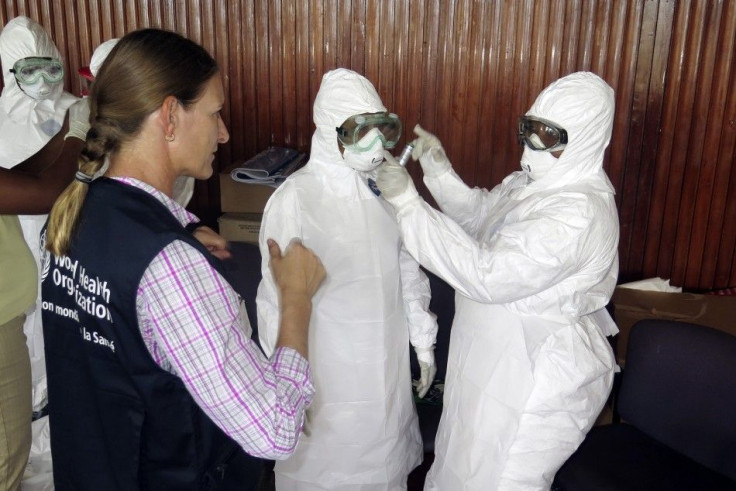Ebola Hits USA: Things You Must Know About The Disease And How To Prevent It

After claiming several lives and causing havoc in West Africa, Ebola has reached the West. The first case of the the disease has been diagnosed in the U.S. in a Dallas hospital. Centers for Disease Control and Prevention, or CDC, confirmed positive results on Tuesday, Sept. 30, 2014.
According to Dr. Tom Frieden (via Fox News), the patient did not show any symptoms of Ebola when he left Liberia on Sept. 19 and arrived in the U.S. on Sept. 20. The doctor notes it was only 4 or 5 days later on Sept. 24 that the patient began to "develop symptoms."
The patient was admitted in the hospital two days after his first visit. He was then placed in isolation at Texas Health Presbyterian Hospital of Dallas.
Ebola virus disease is a contagious, fatal disease. Researchers are still working to find a proper cure for the same. However, prevention is still possible. Here are few things to know about Ebola virus and its prevention.
What Is Ebola Virus Disease?
Ebola virus disease or EVD is also known as Ebola hemorragic fever or EHF and is caused by ebolavirus leading to death mostly. NTD.TV notes the first case was diagnosed in 1976. Until 2013, only 1,716 confirmed cases have been recorded. However, the year 2014 saw the biggest "West Africa Ebola virus outbreak." It is noted the disease is typical to regions of sub-Saharan Africa.
Causes of Ebola Virus
The disease in human bodies is caused by five types of ebolavirus. It can also be transmitted from animals to humans. The various causes or ways Ebola spreads includes direct contact with any type of bodily fluids of the infected person. It's not like flu or cold that spreads through the air.
Symptoms of Ebola Virus
The symptoms of Ebola virus do not show immediately after coming in contact with the infected person or upon contracting it. The symptoms become visible between two days to three weeks after getting infected.
Patients start to suffer fever, headaches, muscle aches and weakness. According to Mayo Clinic, patients may also experience nausea and vomiting, rashes, cough, chest pain, severe weight loss, internal bleeding and bleeding from eyes or bruises from the body.
Prevention From Ebola Virus
Scientists are still in the process of developing a proper cure or vaccine for the deadly disease. However, people can take some measures to keep themselves safe from contracting Ebola virus. CDC has issued some prevention tips that include "practicing careful hygiene" and avoiding any kind of contact with blood and other bodily fluids.
One must keep away from objects that may have come in contact with the infected person. The organisation also suggests not attending funerals or other burial rituals of those who lost their life to Ebola virus. Also, hospitals treating these patients are not safe. The medical practitioners dedicated to work with Ebola virus patients have greater risk of being infected. Click here to read the full article by CDC on prevention from Ebola virus disease for both the common man and health workers.




















